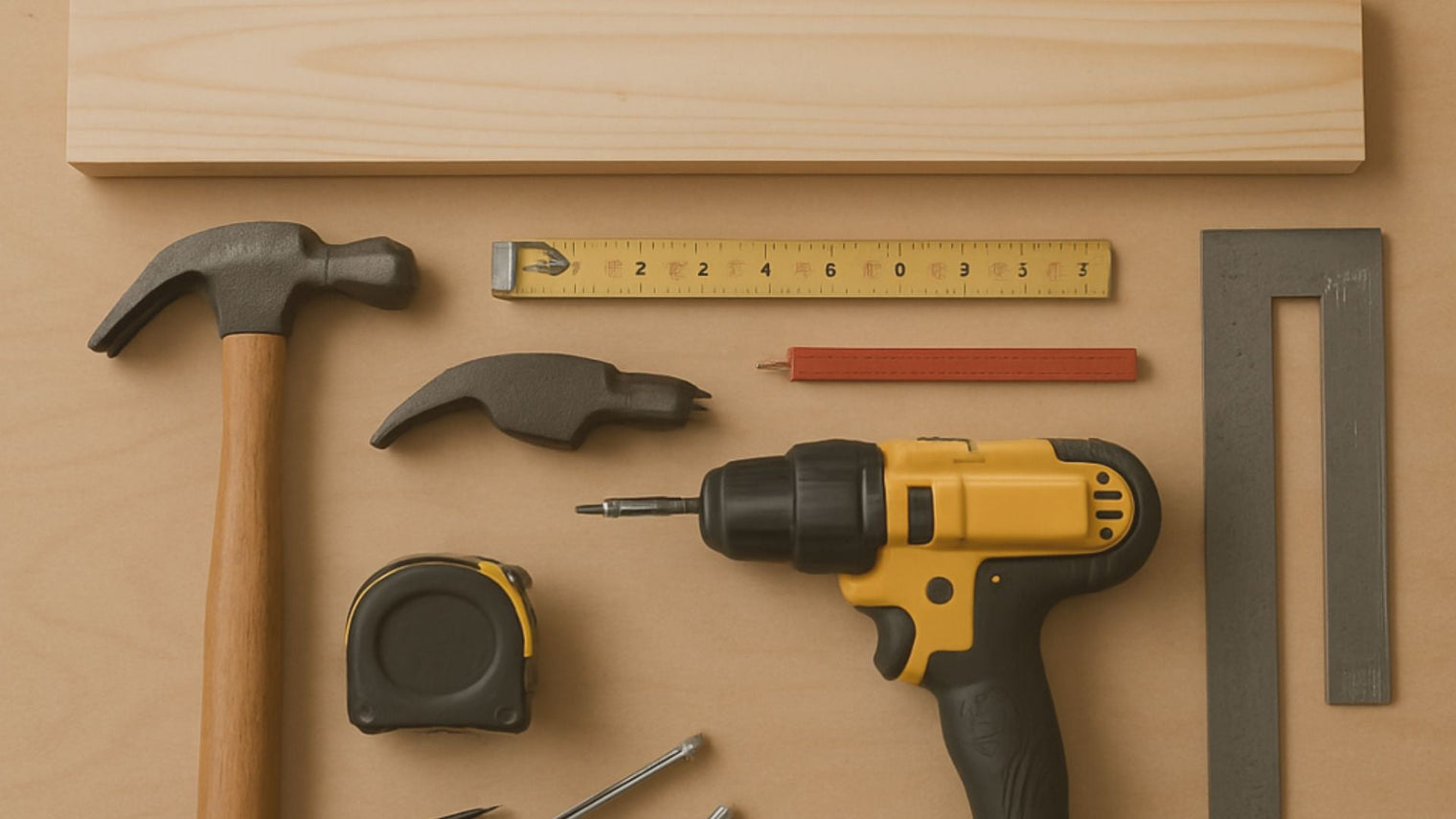Creating a space where your child can explore safely, sleep comfortably, and grow independently is every parent’s dream.
One of the simplest and most effective ways to make that happen is with a Montessori floor bed.
These low-to-the-ground beds are more than just stylish — they promote freedom of movement, build confidence, and help children develop a healthy relationship with sleep and independence.
But here’s the best part: you don’t need to spend a fortune to make one.
With a bit of planning, the right materials, and a touch of creativity, you can build a Montessori floor bed that fits your budget and your child’s needs perfectly.
In this guide, we’ll walk you through how to build your own Montessori floor bed step-by-step — from choosing materials to adding thoughtful finishing touches.
 What Is a Montessori Floor Bed?
What Is a Montessori Floor Bed?
A Montessori floor bed is simply a bed that sits low to the ground, allowing toddlers the freedom to get in and out on their own.
This design promotes independence and gives children a sense of control over their sleep environment, aligning with the Montessori philosophy of fostering self-reliance.
Benefits of a Montessori Floor Bed
Montessori floor beds offer a range of benefits beyond just being a cozy place to sleep. Here are a few reasons why they're a great choice:
- Encourages Independence: By allowing toddlers to climb in and out of bed on their own, a floor bed empowers them to make decisions about sleep and play.
- Promotes Safety: With the bed being low to the ground, the risk of injury from falls is minimized.
- Fosters Curiosity and Exploration: As children have easy access to their surroundings, they can engage more freely with their environment, stimulating learning and growth.
Planning Your Montessori Floor Bed Project
 Determine Your Budget
Determine Your Budget
Before you dive into building, it's important to set a realistic budget.
Montessori floor beds can be created using a variety of materials, from repurposed wood to high-end timber, allowing you to tailor the project to your financial constraints.
Choose Your Materials
Your choice of materials will largely depend on your budget and aesthetic preferences. Here are some options to consider:
- Pine Wood: Affordable and easy to work with, pine is a popular choice for DIY projects. It's soft, making it easier to cut and shape.
- Plywood: Another budget-friendly option, plywood is versatile and can be painted or stained to suit your decor.
- Hardwood: If your budget allows, hardwoods like oak or maple offer durability and a premium finish.
Gather Tools and Supplies
To build your floor bed, you'll need some basic woodworking tools and supplies. Here's a list to get you started:
- Saw (handsaw or circular saw)
- Drill and drill bits
- Sandpaper or a power sander
- Wood screws
- Measuring tape
- Wood glue
- Paint or wood stain (optional)
Step-by-Step Guide to Building Your Montessori Floor Bed
Step 1: Design Your Bed Frame
Start by sketching a simple plan for your bed frame. Consider the dimensions of your mattress and ensure the frame will accommodate it comfortably. Remember, the bed should sit low to the ground for easy access.
Step 2: Cut Your Wood
Using your saw, cut the wood according to your design. Typically, you'll need four pieces for the sides of the frame and slats for the mattress base. Take care to measure twice and cut once to ensure precision.
Step 3: Assemble the Frame
Lay out your cut pieces and begin assembling the frame. Use wood screws and wood glue for a sturdy construction. Make sure everything is square and level as you work.
Step 4: Sand and Finish
Once the frame is assembled, sand down any rough edges to prevent splinters. If desired, apply paint or wood stain to match your room's decor. Allow ample time for the finish to dry completely.
Step 5: Add the Mattress and Bedding
After the frame is finished and dry, place the mattress onto the slats. Opt for breathable, natural fabrics for the bedding to ensure comfort and safety.
Personalizing Your Montessori Floor Bed
Adding Safety Features
Consider adding a low rail or partial guard to one side of the bed for added security. This can be particularly helpful for younger toddlers transitioning from a crib.
Decorative Touches
To make the bed inviting and child-friendly, incorporate elements like soft pillows, a cozy blanket, or a fun canopy. Personalize the space to reflect your child's personality and interests.
Tips for Success
- Start Simple: If you're new to woodworking, opt for a basic design with straightforward cuts and assembly.
- Prioritize Safety: Always sand down sharp edges and ensure all finishes are non-toxic and child-safe.
- Get Creative: Feel free to modify the design to better suit your space and your child's needs.
Montessori Floor Bed Ideas for Every Budget
| Budget | Material | Design Features | Estimated Cost |
|---|---|---|---|
| Low | Pine, plywood | Simple flat frame | $40–$80 |
| Medium | Birch, poplar | Frame with slats, smooth finish | $100–$180 |
| High | Oak, maple | Raised frame, rails, custom finish | $200–$400 |
You can also explore ready-made options at Dannico Woodworks if you prefer handcrafted quality with a professional finish.
Montessori Floor Bed Safety Tips
Safety is the most important part of Montessori room design. Here are a few quick checks:
- Soft flooring: Place a rug or play mat beside the bed in case your child rolls out.
- Secure the room: Anchor bookshelves and remove sharp-edged furniture.
- Keep essentials nearby: Place a low shelf with books or toys within reach.
- Avoid hanging cords or decorations above the bed.
At Dannico Woodworks, every design we create is built with safety and durability in mind, so parents can rest easy knowing their little ones are protected.
FAQs
At what age is it best to start using a Montessori floor bed?
Most parents introduce a floor bed between 6 months and 18 months, depending on when their child starts crawling or pulling up.
Can I use a mattress directly on the floor?
You can, but a simple frame allows airflow underneath the mattress, preventing moisture buildup.
Is it safe for toddlers who move around a lot?
Yes — as long as the room is baby-proofed and the bed is low, it’s perfectly safe.
Should I buy or build a Montessori floor bed?
It depends on your budget and comfort level with DIY. Building one is affordable and customizable, but if you prefer professional craftsmanship, explore options at Dannico Woodworks.
Final Thoughts
Building a Montessori floor bed isn’t just a weekend project — it’s an investment in your child’s growth and independence. It teaches them to explore safely, rest freely, and feel in control of their environment.
At Dannico Woodworks, we believe children deserve furniture that’s as thoughtful as their development.
Each piece we create — from floor beds to bookshelves — supports a home where kids can thrive, play, and learn independently.
Would you build your own Montessori floor bed or choose a handcrafted one that’s ready to last for years?

